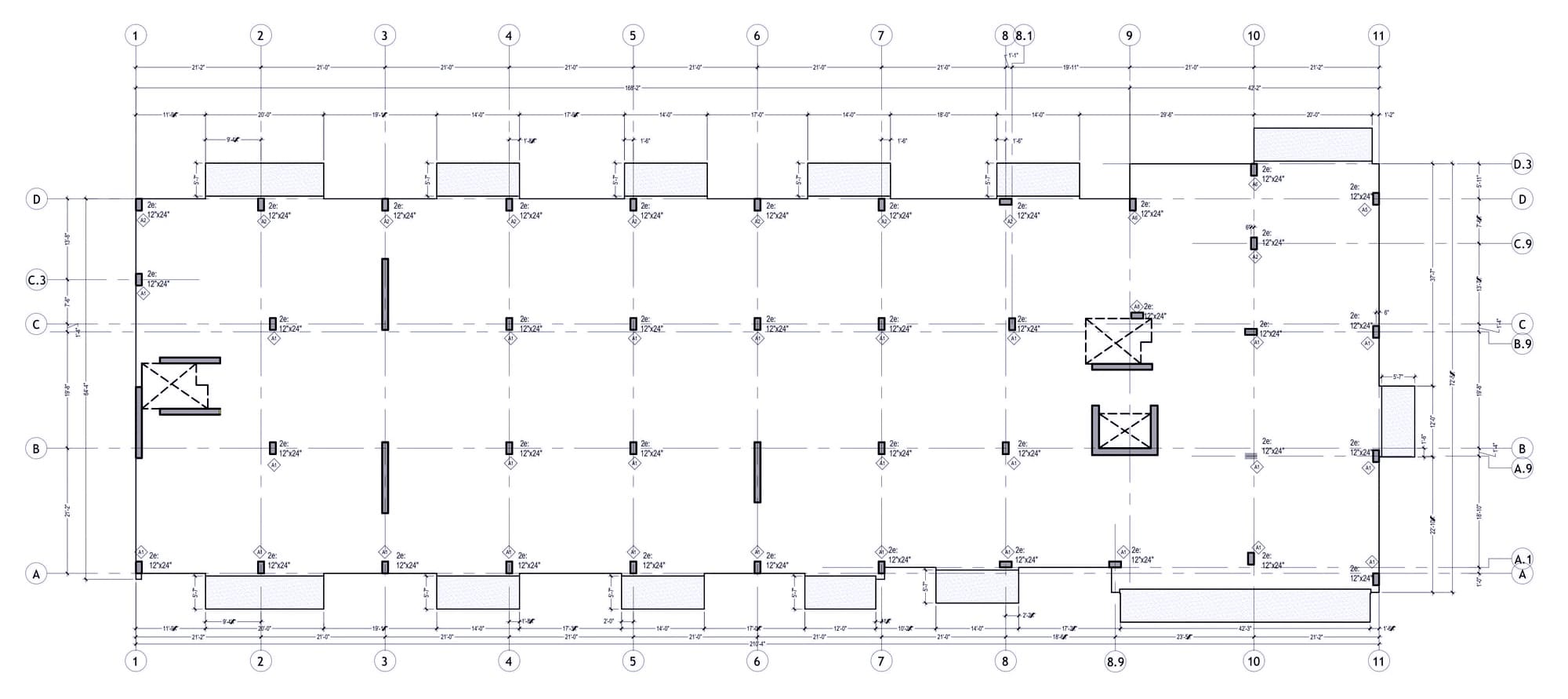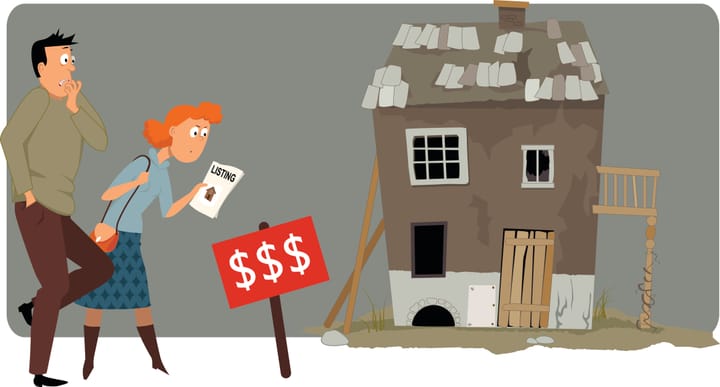Avoid Costly Mistakes: A Structural Engineer's Advice for Real Estate Developers

The Canadian real estate and construction sector is in turmoil. Increased regulations, high taxes, and the post-COVID-19 economy struggling with out-of-control inflation caused construction costs to reach new levels. It is more complex and, many times, even nonviable to get a construction project off the ground.
Developers cannot achieve the same level of profitability as before without the help of such programs from the Canadian Mortgage and Housing Corporation (CMHC). This is terrible news for everyone as construction has nearly reached a standstill in Canada when the country desperately needs housing.
A Tough Building Environment
Many projects across Canada have been put on hold or abandoned altogether, with some exceptions in markets like Halifax. Developing real estate has always been challenging, but the current economic climate is discouraging.
If building new homes becomes unfeasible, the general population will face rising house prices and rents due to supply shortages. The Bank of Canada had raised the interest rates aggressively from 2022 going forward to 2023 and had tried to put brakes on inflation, but the broader economic impacts of these actions, as we see now, are not too good.
Cost Control is Everything
Cost control is critical for developers who will navigate this new reality. They need to combine knowledge of the building processes with the business skills required to attract buyers or tenants, all while bearing the financial risk of bringing the project to life.
One overlooked important detail is enough to cause bankruptcy. Whether working with large teams or as sole operators, developers depend on a network of professionals to ensure project success.

The Professionals Needed for a Project
Typically, a developer hires an architect to begin the conceptual phase. Once preliminary plans are approved by the municipality, the architectural plans are finalized, and a team of technical experts—including mechanical, electrical, civil, and structural engineers—is brought on board.
Specialists like acoustic engineers may also be needed for larger or more complex projects. Each project presents unique challenges, and the developer hires professionals accordingly.
The Design Phase: A Critical Step
After the architectural plans are finalized, they are handed to engineering professionals responsible for key components such as structure, ventilation, and drainage. Each engineer creates detailed plans, which are submitted for construction permits. Once approved, construction can begin.
Developers often rush to start construction, leading to budget overruns when unforeseen issues arise in the plans. This is where the developer's involvement becomes crucial.
Developers Must Be Involved in Engineering
Budget overruns frequently occur because developers fail to review plans during the architectural and engineering phases. Surprises often arise during construction when adjustments are no longer feasible without significant costs.
This issue stems not from professionals doing poor work but from a lack of coordination. Professionals are focused on their respective tasks and rely on the developer to lead the project. Without clear direction, designs may not align with the developer’s vision.

Developers as Project Leaders
Developers should act as project leaders during the design phase. While an architect can coordinate aspects of the project, the developer must remain actively involved, especially when it comes to budget and cost control.
Ambitious designs can drive up costs, so it’s essential to establish budget parameters early and ensure the design aligns with financial goals. For example, keeping building floors consistent or aligning plumbing layouts can significantly reduce costs.
Bringing the Team Together
A preliminary meeting with all professionals before the design phase can prevent costly issues later. The developer must ensure the team is aligned by setting objectives and fostering collaboration. This proactive approach minimizes surprises during construction and builds confidence in the project’s feasibility.

Involving the Structural Engineer Early
The Structural engineer should be involved from the conceptual phase. Their input on efficient column and window placements can reduce costs substantially, especially in concrete structures.
For instance, spacing columns no more than 21 feet apart minimizes slab thickness, reduces steel reinforcement, and eliminates the need for costly design elements like stud rails. Without early involvement, engineers are forced to design around existing plans, missing opportunities for optimization.

Final Thoughts
Whether you’re an experienced developer or tackling your first project, staying involved during every step of the design phase is key to success. Seasoned developers have likely learned this lesson through costly mistakes, but new developers can save time and money by taking a hands-on approach.
Even if you lack technical knowledge, participating in the process will provide invaluable learning opportunities and improve your chances of completing a project on budget.
Ultimately, there’s too much at stake to take a backseat. Successful development requires active engagement, clear communication, and a commitment to leading the team from start to finish.
.



